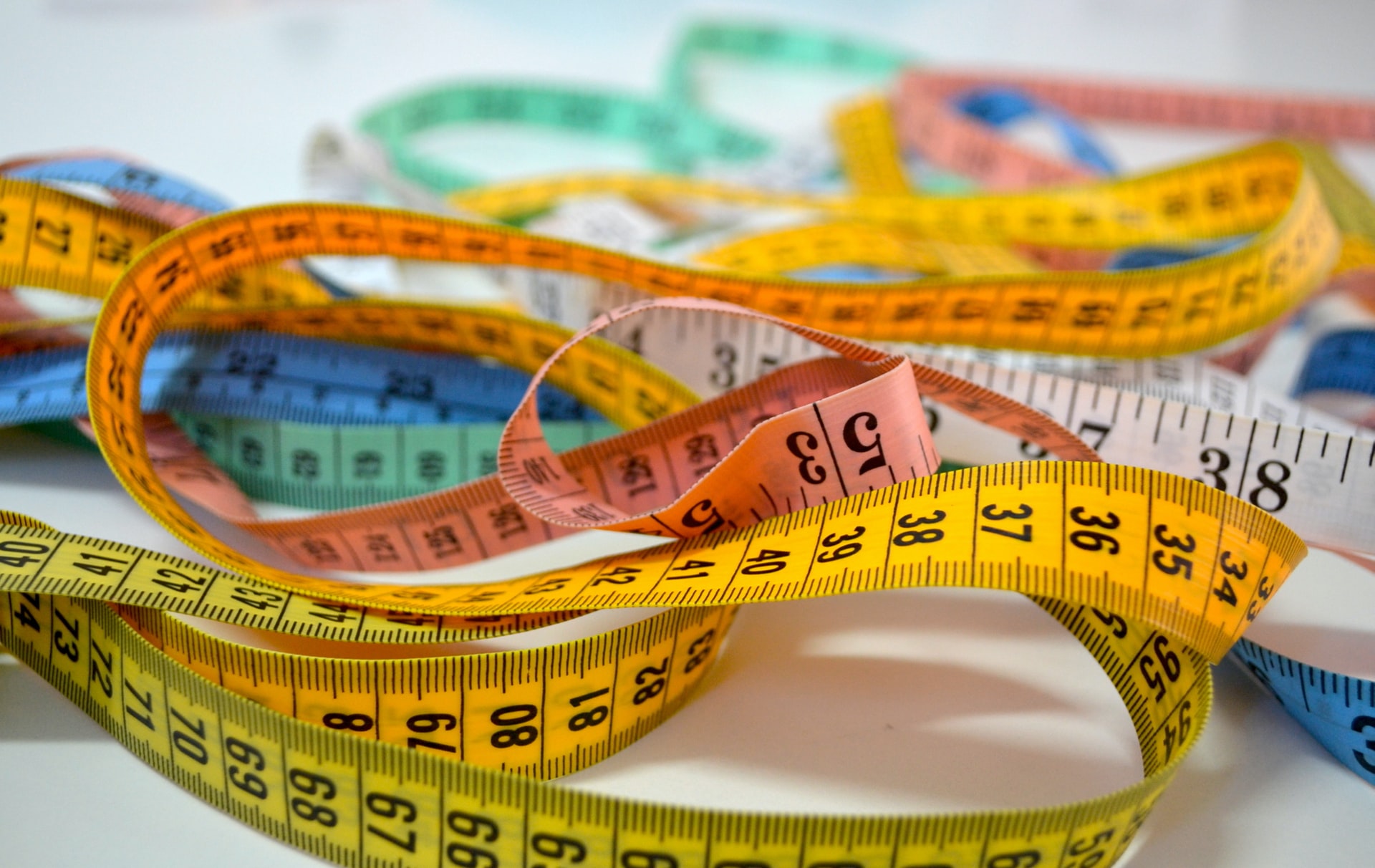For several years, companies, organisations, and consultancies have been working to determine standards for measuring the level of circularity of products and activities. While some of these metrics evaluate particular features, creating a standard for measuring the circular economy as a whole is far from straightforward. The ISO (International Organization for Standardization), however, is trying to connect all the dots and achieve a global vision.
Finance and climate goals
In February 2021, consulting firm Deloitte announced that significant progress has been made towards the definition of universal metrics for measuring sustainability. In December 2020, leading organisations in sustainability reporting - CDP, CDSB, GRI, IIRC, and SASB - joined forces with the Impact Management Project, the World Economic Forum, and Deloitte in presenting a document that outlined progress towards a reporting system integrated with a prototype for climate-based financial standards.
The impacts of the health and social emergency caused by the Covid-19 pandemic have, in part, accelerated the debate on climate change and the push towards a Green Deal. At the EU level, in her September 2020 State of the Union address, European Commission President Ursula von der Leyen reiterated that securing the necessary financial resources for achieving climate neutrality is a key priority for the Green Deal. In the speech, von der Leyen established that 37% of the Next Generation EU fund is to be allocated toward Green Deal objectives, giving green finance further impulse by raising 30% of the Recovery Fund’s 750 billion euro through Green Bonds. Consequently, the European Financial Reporting Advisory Group (EFRAG), mandated by the European Commission, set up a task force dedicated to preparing for a possible project to delineate a European standard for non-financial reporting.
These two cases demonstrate the pressing need for shared standards relating to climate change, sustainability, and circularity.
Measuring circularity
The issue of analytics in the circular economy is highly topical and equally complex. Measuring circularity has to take into account many variables that are hard to measure, including, for example, product comparability, usage intensity, durability, and the number of users that benefit from invested resources, be they products or services.
However, many agencies and companies have come up with metrics to measure circularity. The most significant initiatives include Circulytics, developed by the Ellen MacArthur Foundation, and the Circular Transition Indicators, created by the World Business Council for Sustainable Development. These tools aim to support companies in the transition to circular economy systems, without sector, structure, and size-based distinctions.
Then there are other measuring systems dedicated to specific sectors, such as the Madaster Circularity Indicator for the construction sector or Circle Economy’s Circularity Gap Report, whose measurements extend to entire countries.
In Italy, energy giant Enel has developed the CirculAbility model, which measures circularity based on five pillars: sustainable inputs, sharing, product-as-a-service, use-life extension, and end-of-life.
ISO/TC 323
Meanwhile, there is an abundance of standards and initiatives that most often examine just a few components of circularity, such as recycling, for example. What is missing, on the other hand, is a shared global vision of how a company can really close the circle, which any organisation can benefit from. Back in 2018, to address this shortcoming, the ISO - the global body responsible for the definition of technical regulations - created a technical committee dedicated to the circular economy.
The Technical Committee in question, ISO/TC 323, aims to cover all individual aspects of the circular economy, including public procurement, production, distribution, and end-of-life, as well as wider-scope issues like behavioural change in society and the evaluation - and, indeed, the creation - of a circular footprint or a circularity index.
This work is still ongoing, with the standard fully in the development phase. The draft for one section - Performance-based approach – Analysis of case studies (ISO/CD TR 59031) - has been presented to the Technical Committee, while the other three parts - Framework and Principles for Implementation (ISO/WD 59004), Guidelines on business models and value chains (SO/WD 59010), and Measuring circularity framework (ISO/WD 59020.2) - are still under development.
The creation of an ISO standard for the circular economy is linked to many other ISO Technical Committees and other related standards, such as those for sustainable procurement and environmental quality and management.
Italy’s National Standardisation Agency (UNI) has, in parallel with the ISO, created a relevant Technical Committee - UNI/CT 057 - which includes companies, institutions, universities, and NGOs. The UNI/CT 057 Circular Economy Committee, in turn, has four workgroups dedicated to definitions, frameworks and principles, implementation guidelines and sectoral applications, and circularity measuring and best practices.
The creation of circular standards and metrics is a very demanding work-in-progress, especially due to the complexities of different circular practices and the many perspectives from which these practices can be examined.
A European taxonomy of sustainable activities
Alongside the development of circular analytics, there is a need to determine which activities can be considered sustainable. To this end, the EU Taxonomy for Sustainable Activities was approved last year. This was the result of more than a year’s work by the Technical Expert Group (TEG) on Sustainable Finance, made up of 35 members and over 100 consultants, appointed by the European Commission. The group came up with a series of recommendations regarding new regulations for sustainable finance. The final document, 67 pages long with 600 pages of technical appendices to classify the main economic sectors, was titled Taxonomy: Final report of the Technical Expert Group on Sustainable Finance. In it, sustainable activities were divided into three groups: ‘low carbon’ activities, which are environmentally sustainable; those ‘in transition’ towards a zero-emission economy; and ‘enabling’ activities, which allow those in the first two categories to achieve low-carbon performances or significant reductions in emissions.



